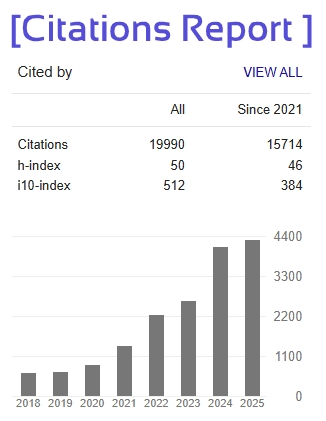Water Treatment Scheme
PROF VILAS T PATIL (vilas.patil@gcoej.ac.in)
PRATIK KURKURE, HETAL BHAGESHWAR, MAMTA GHULE, YOGITA MOHARKAR, SAKSHI THOSARE
DEPARTMENT OF CIVIL ENGINEERING
GOVERNMENT COLLEGE OF ENGINEERING, JALGAON
(An autonomous institute of government of Maharashtra) (2024-25)
Abstract-
The village of Galapur faces significant challenges in accessing clean and safe drinking water due to contaminated water sources, inadequate sanitation, and limited access to healthcare facilities. The community's reliance on untreated water sources has led to a high incidence of water-borne diseases, affecting the health and well-being of residents.To address this issue, a sustainable and efficient water treatment plant is proposed, designed to meet the village's specific needs and provide clean drinking water. The plant will utilize a suitable technology, such as a conventional treatment process or a decentralized treatment system, ensuring ease of operation, maintenance, and affordability.The design will also incorporate environmentally friendly practices, such as using locally sourced materials, minimizing energy consumption, and promoting waste reduction. Community engagement strategies will be implemented to promote long-term sustainability, including training local residents to operate and maintain the treatment plant.The proposed water treatment plant will not only provide clean drinking water but also contribute to the overall improvement of the village's health and hygiene. The design will be tailored to the village's specific needs, taking into account its unique challenges and opportunities.By providing access to clean drinking water, the project will improve the health and well-being of Galapur's residents, reducing the incidence of water-borne diseases and promoting a healthier and more sustainable community. The project's success will also serve as a model for other rural communities facing similar challenges, contributing to the achievement of sustainable development goals.
Key words: water, treatment, sustainability, community, health







